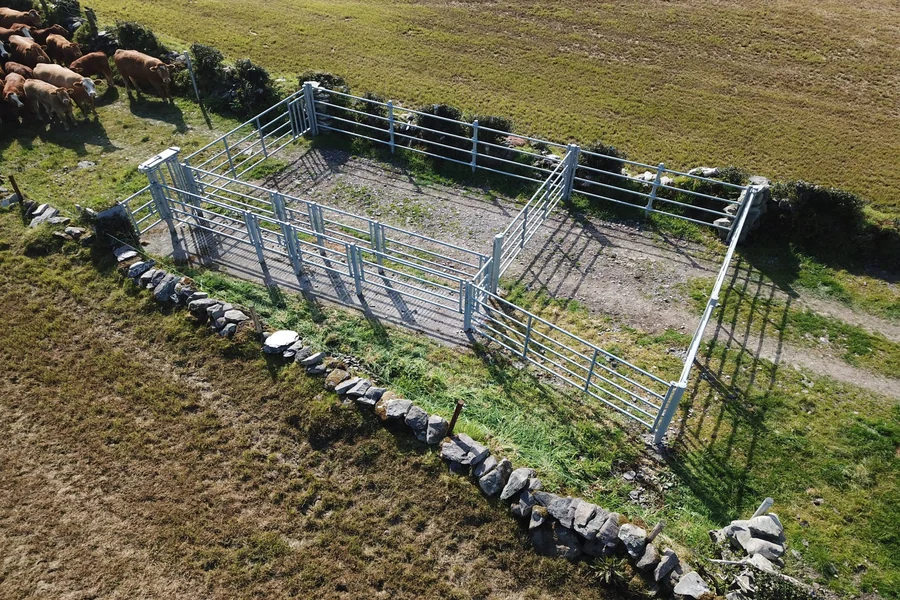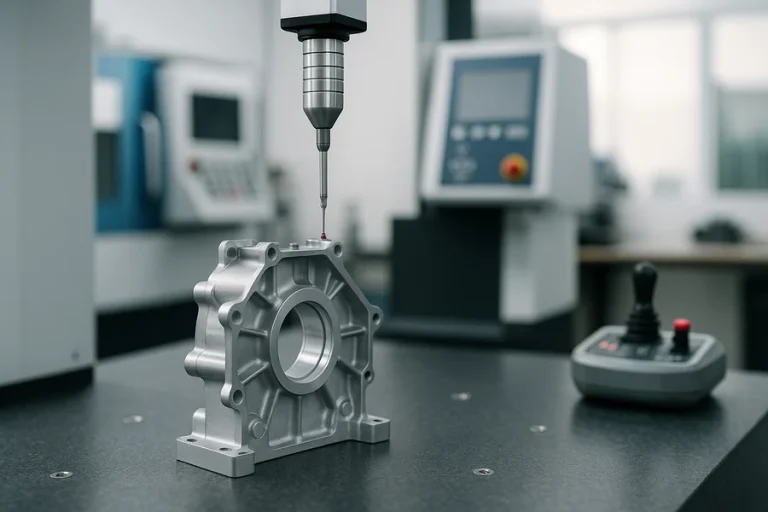Simple Setup Tips For A Better Cattle Yard
Getting your yard layout right from the start can save you a heap of hassle later. Think about how cattle move—naturally, they’ll try to return the way they came. So, aim for a flow that feels instinctive to the animals. Use curved races where possible and avoid dead ends or sharp corners that could make them hesitate or turn back.
Keep everything visible. Cattle like to see what’s ahead, so having good visibility down the races and toward the crush is key. If you’re working with limited space, even simple adjustments—like angling gates just right—can make all the difference.
Focus on Safety for Both You and the Animals
Good design doesn’t just make things easier—it keeps everyone safer. Install non-slip flooring in high-traffic areas, like near the crush or loading ramp. Solid panels are a good choice around working zones so animals don’t spook from outside movement.
Having solid gates that latch securely is a must. You don’t want a half-tonne steer breaking through a dodgy hinge. Keep escape routes in mind too. No one plans to get cornered by a panicked beast, but a well-placed swing gate or climb rail can turn a bad situation around fast.
Choose the Right Gear for the Job
You don’t need every gadget under the sun—but a few reliable pieces of gear will make your setup run smoother. A well-built crush is worth the investment. Look for one that allows side access, head bail adjustment, and secure restraint for treatments or tagging.
For feeding areas, opt for troughs or hay racks that reduce waste and are easy to refill. Make sure they’re spaced so all cattle can access them without crowding—less pushing and shoving means fewer injuries.
It’s also smart to think about future growth. You might only be handling a small herd now, but having the space and equipment to scale up can save money and headaches down the track.
Keep Maintenance in Your Routine
Gear doesn’t take care of itself. Make it a habit to walk the yard before each session and look out for wear and tear—loose bolts, rusting hinges, splintered wood. Minor repairs done early stop bigger problems later.
Don’t forget gates and latches—if they’re stiff or jam easily, they’ll only slow you down or cause mishaps. A bit of oil and elbow grease now and then goes a long way. And if your crush or panels have moving parts, check them regularly and replace anything that’s even close to giving out.
Training Cattle to the Yard Pays Off
Want calmer handling sessions? Spend time getting your cattle used to the yard before any major work begins. Walk them through the races a few times when nothing is happening—no loud noises, no stress, just a chance for them to learn the layout.
They’ll move better when they know where they’re going. That alone can reduce bruising, slipping, or stress-based weight loss. Less stress for them means less stress for you, too.
Set Up for All Seasons
Don’t wait for a heatwave or storm to rethink your setup. Shade is non-negotiable in hot weather, so plant trees or install roofed areas where cattle gather. For wet conditions, look at drainage. Mud not only causes slips—it can turn even the calmest yard into a slog.
A roofed crush or covered workspace can be a lifesaver during rough weather. And remember, workers appreciate shelter as much as livestock do.
Think Long-Term With Your Equipment
If you’re planning to upgrade or expand, take the time to research what suits your herd size and property needs. Buying gear that’s modular or easy to move means you can tweak things as you go, rather than start from scratch.
When choosing suppliers, don’t just chase the cheapest deal. Look for durable builds, proper warranties, and service backup. It’s worth spending a bit more on well-reviewed cattle handling equipment for sale that won’t buckle under pressure or break after a season.
Don’t Forget the Human Factor
Yards should work for people too. Set up your workspace so that you’re not constantly bending, climbing, or squeezing through tight spots. Use catwalks or platforms if needed, and always have a clear path out of enclosed zones.
Keep water and shade on hand for workers, especially during long sessions. And if you’re bringing in extra help, give them a quick run-through of the layout and job flow before you begin.
Stay Updated With Helpful Info
There’s always something new to learn, whether it’s better gear or smarter handling techniques. Staying current helps you save time, reduce injuries, and improve animal welfare. Resources like how to improve livestock handling practices can offer useful insights you might not have considered.
A Yard That Works for Everyone
The best setups are the ones that feel natural to use. When cattle move calmly, equipment holds up under pressure, and everyone gets home safe—it’s a job well done. Whether you’re building from scratch or upgrading your existing gear, taking the time to get your yard right will always be worth it.







